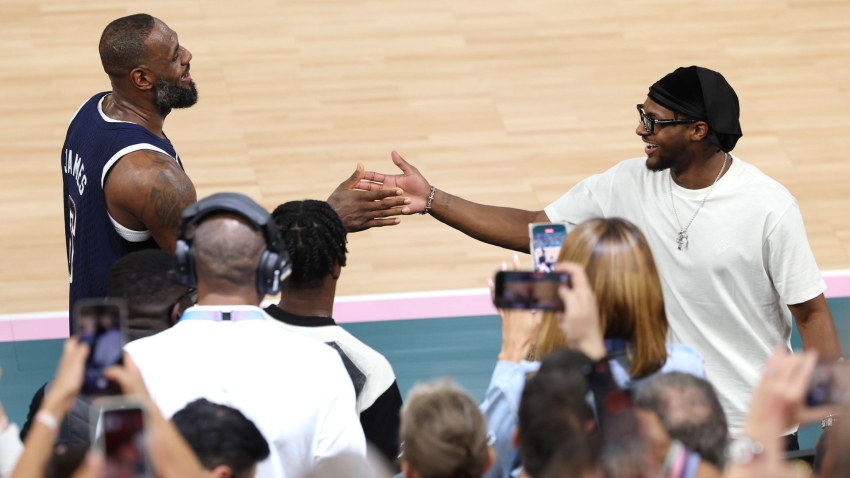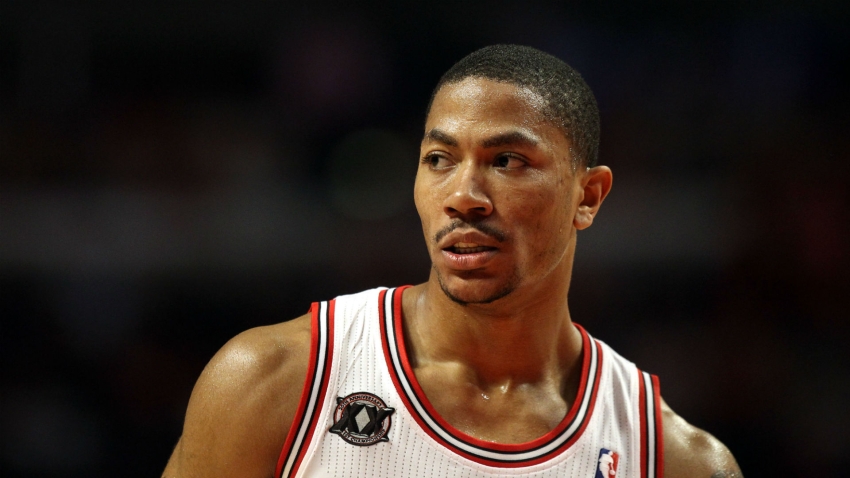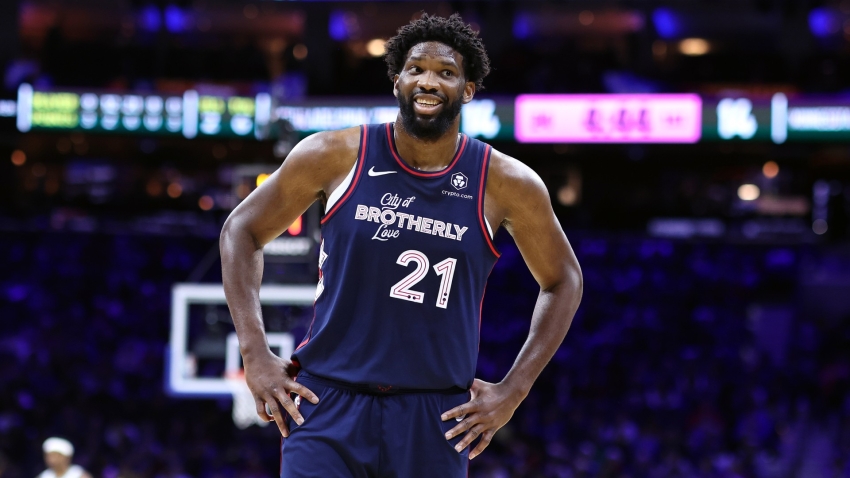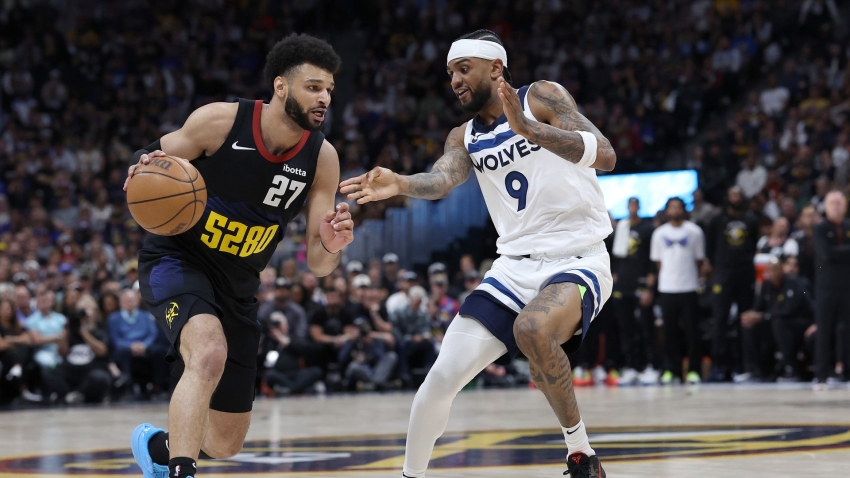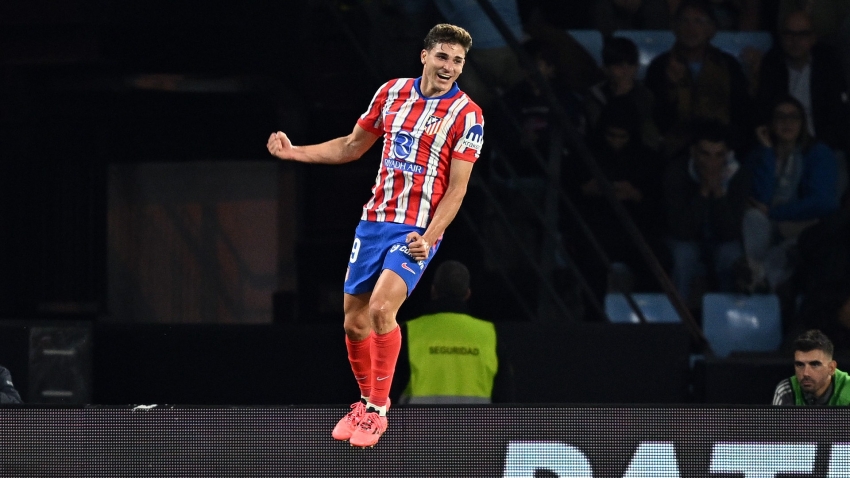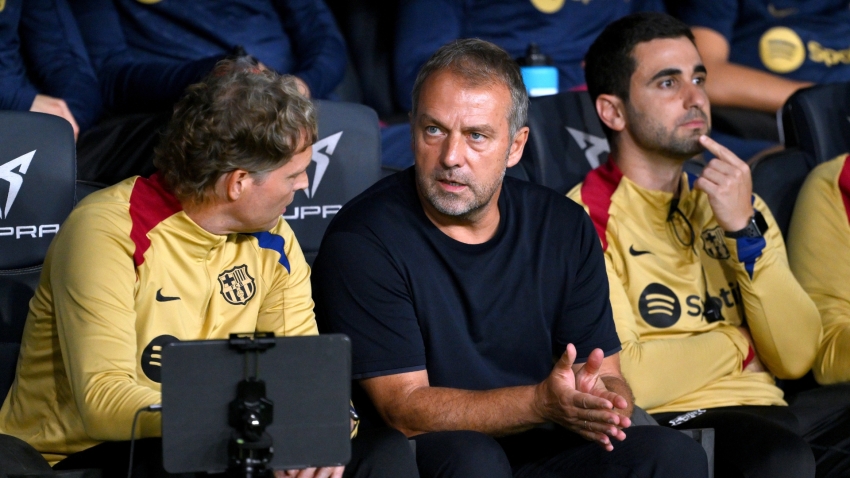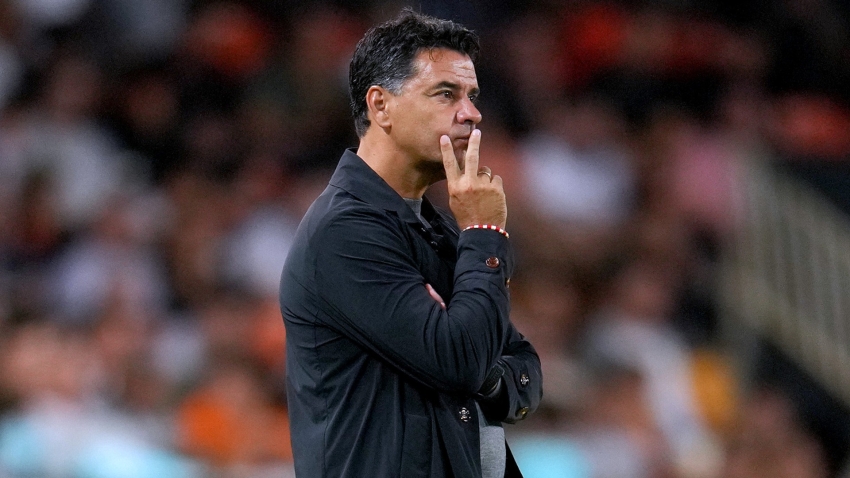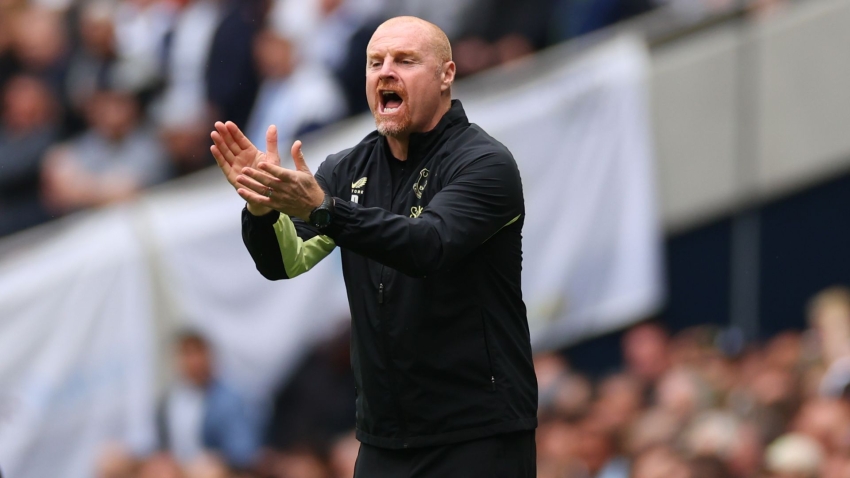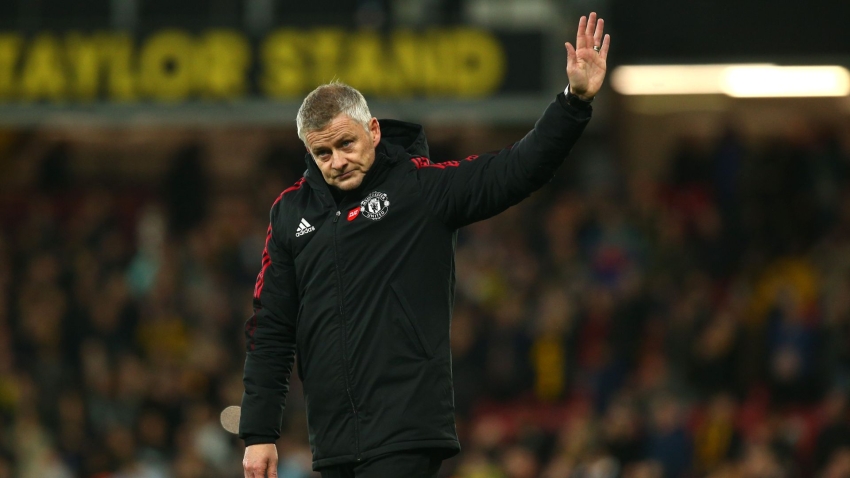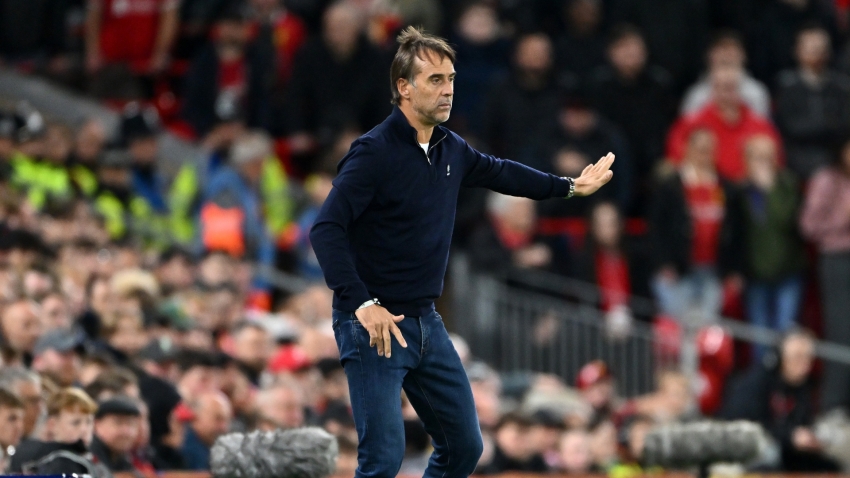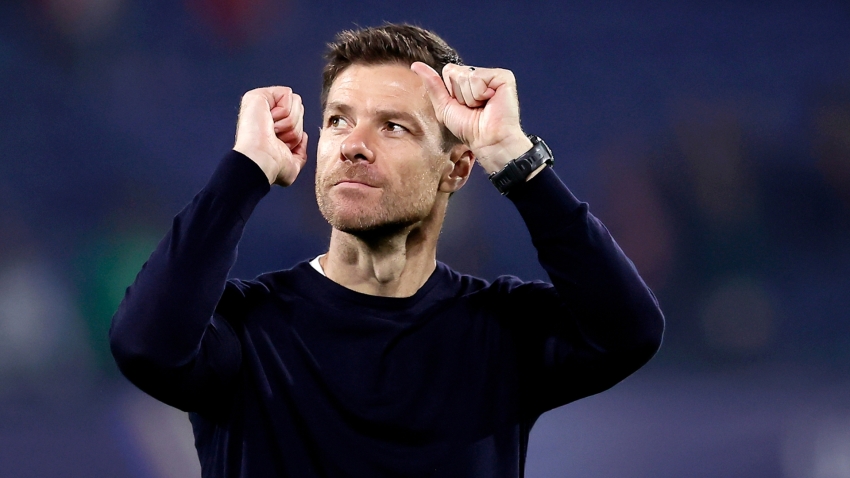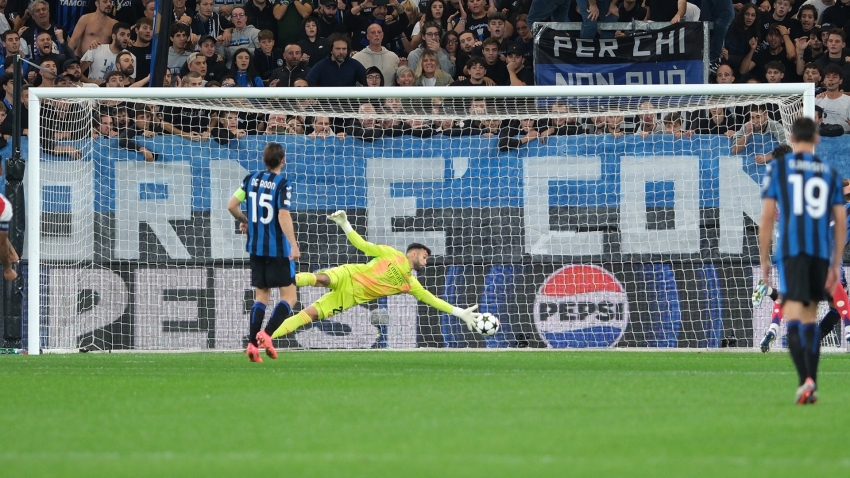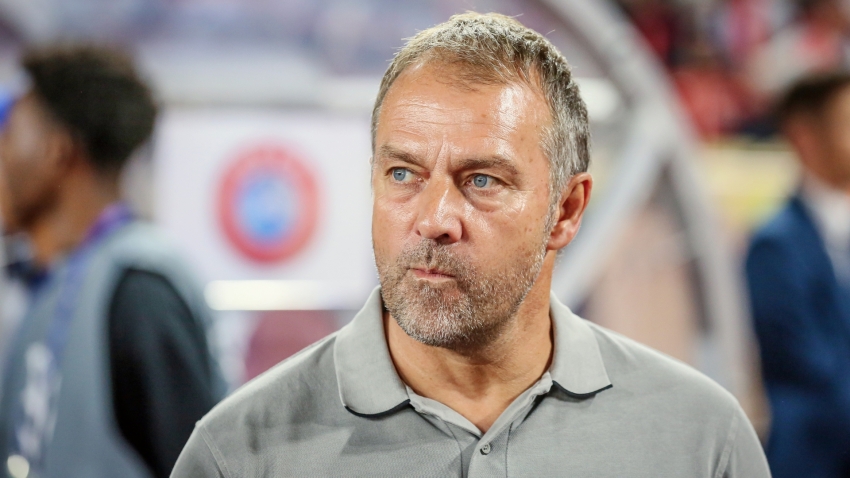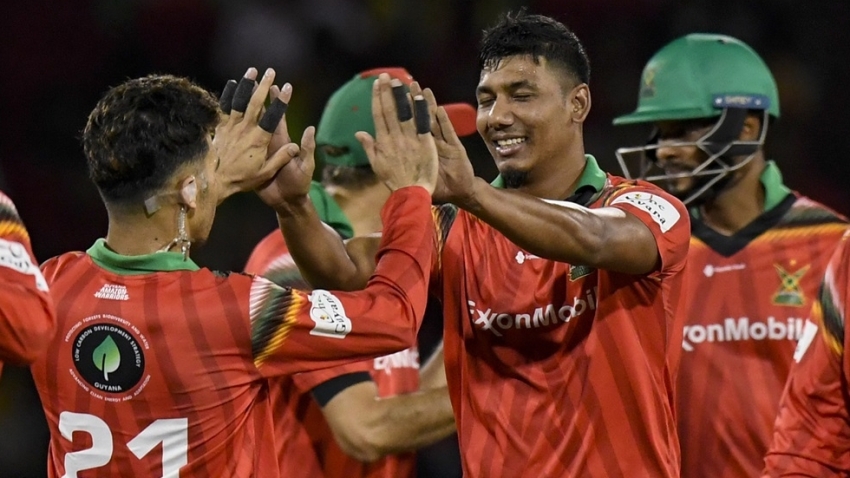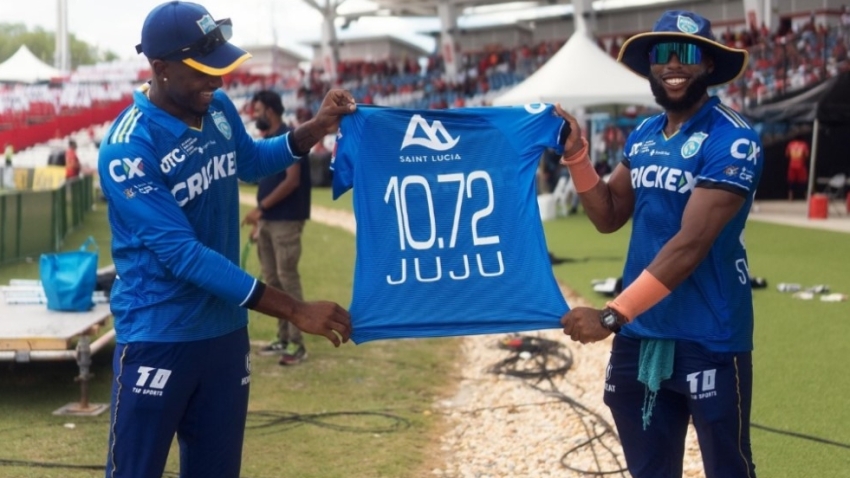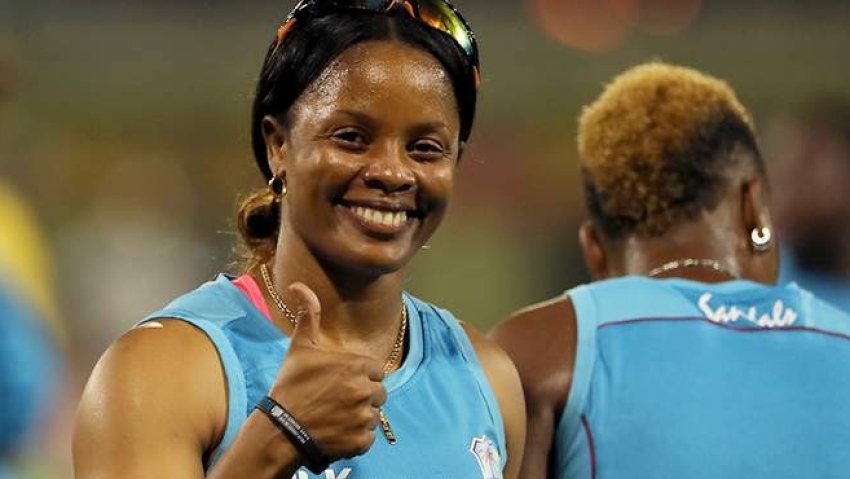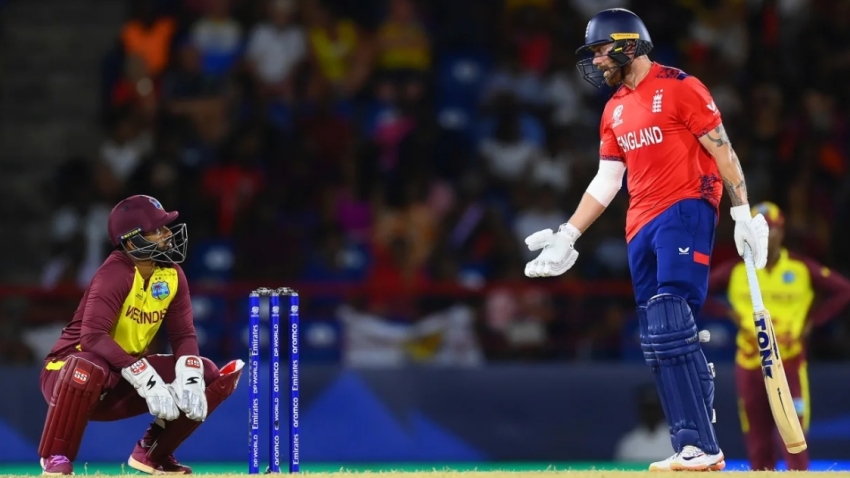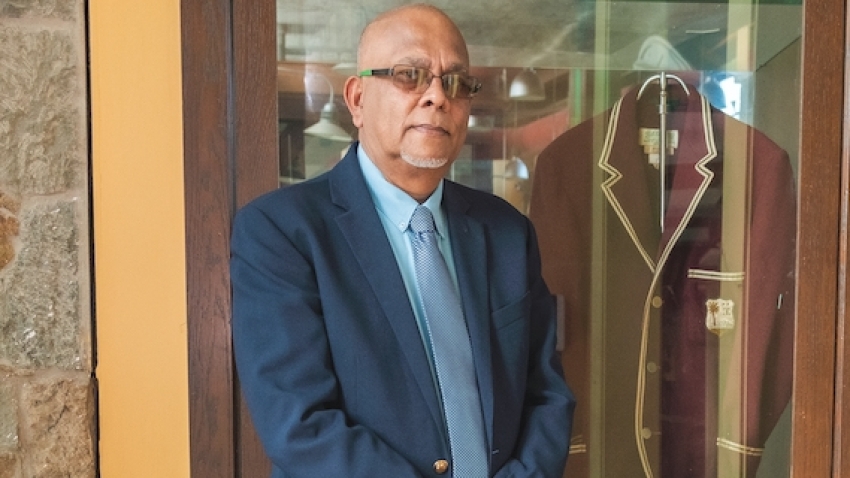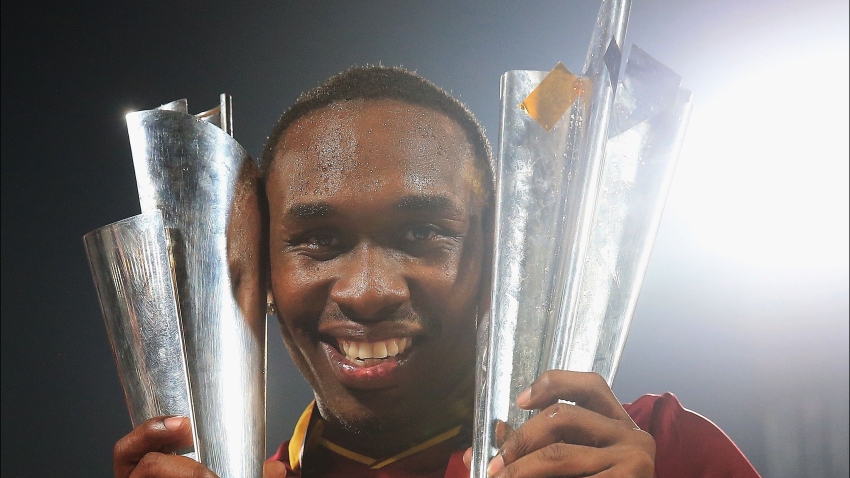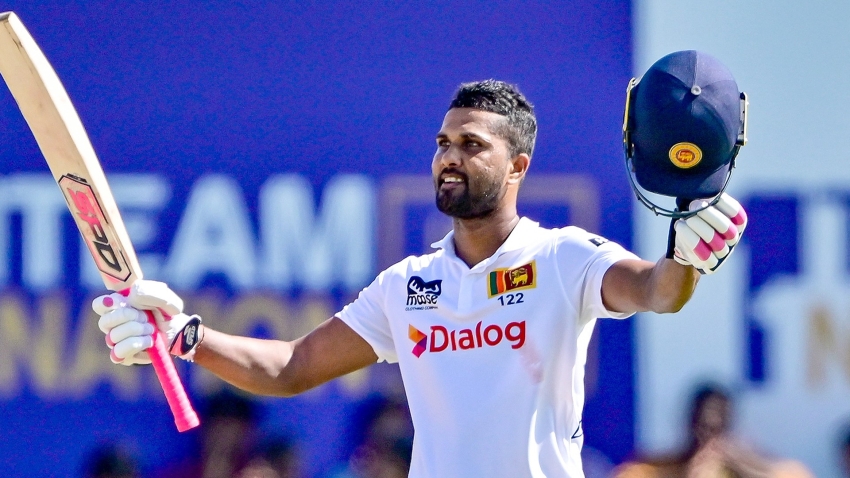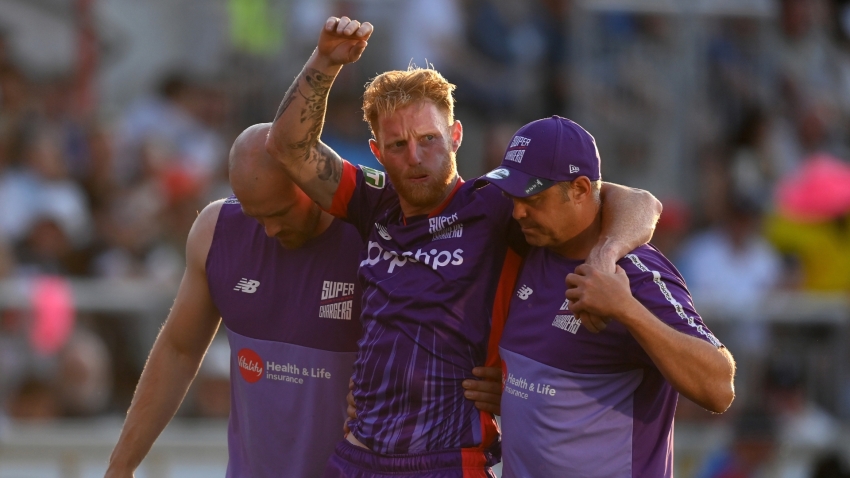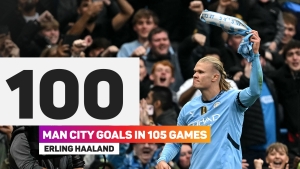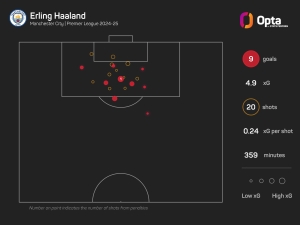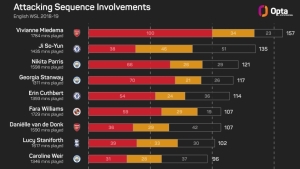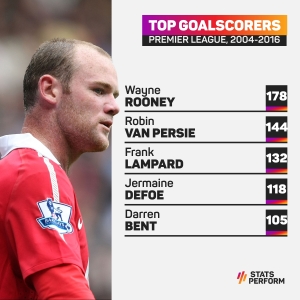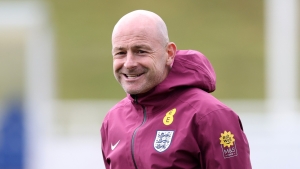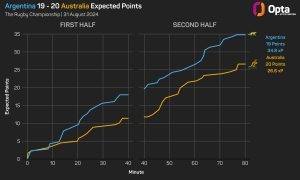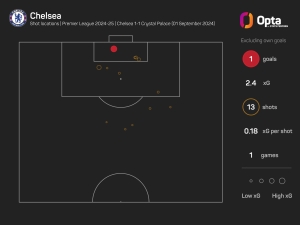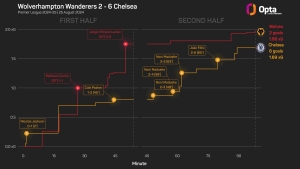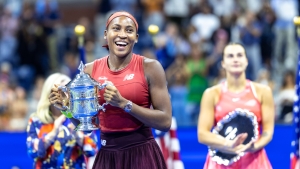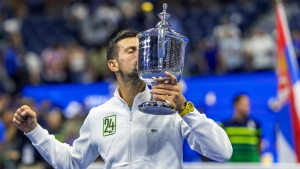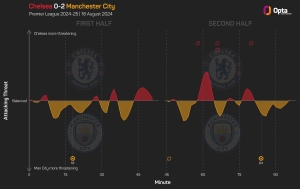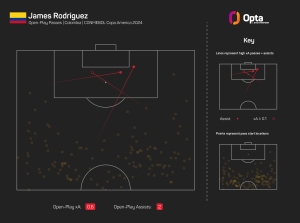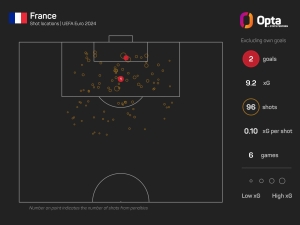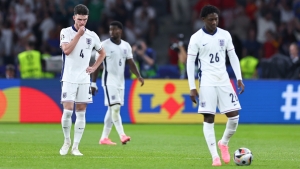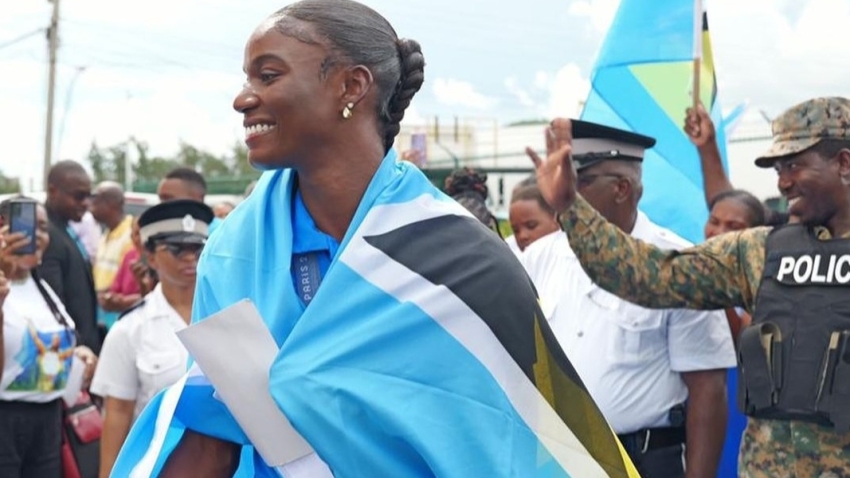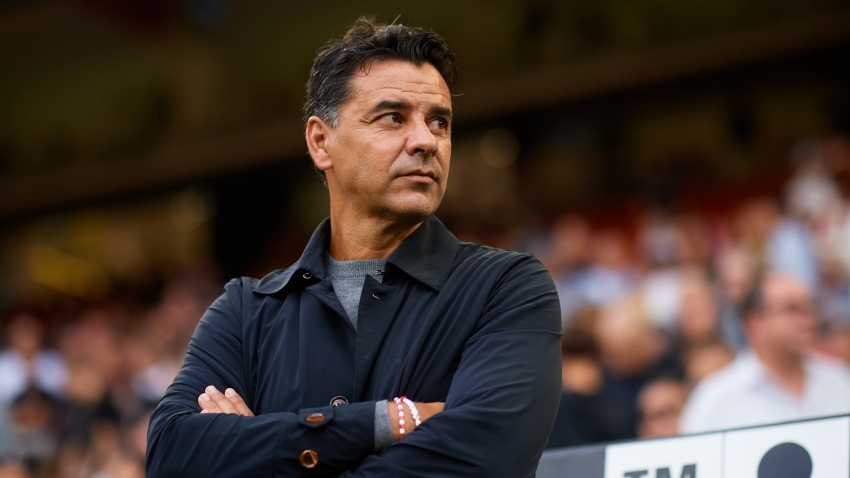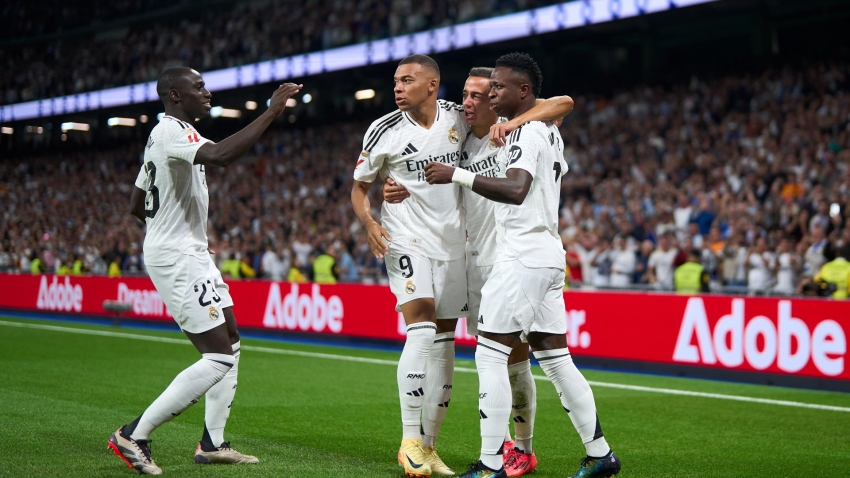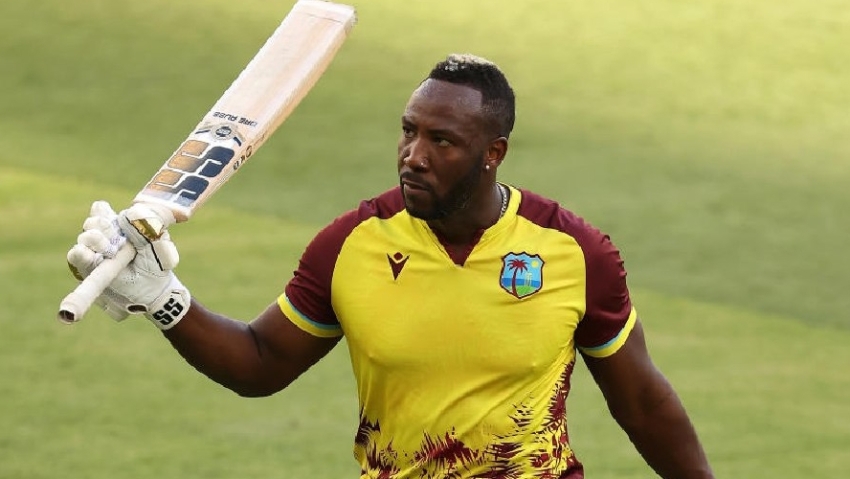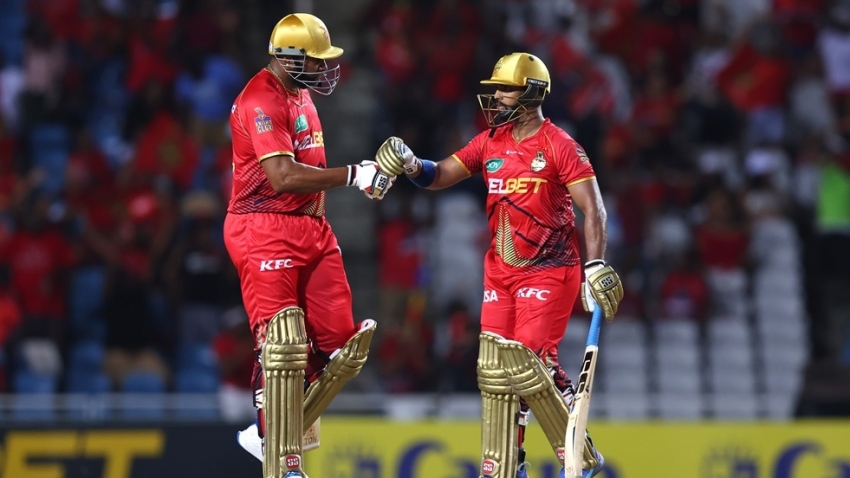Spain are Euro 2024 champions.
La Roja got the job done on Sunday in Berlin, with Mikel Oyarzabal's late effort seeing off England in a 2-1 victory.
But with the tournament now done and dusted, which teams and players really stood out and, conversely, which ones disappointed?
Here, with the help of Opta data, we take a look.
THE TOPS
Spain
An obvious one, but where else to start but with the champions? La Roja crashed out of the 2022 World Cup, losing to Morocco on penalties, but what Luis de la Fuente has done since replacing Luis Enrique is outstanding.
While Luis Enrique had a possession obsession. De la Fuente has added a direct aspect to that possession-based build-up. Nico Williams and Lamine Yamal (more on him to come) were fantastic, while Rodri and Fabian Ruiz dovetailed brilliantly in midfield.
Dani Olmo surely put himself into the shop window for Europe's elite with some superb individual displays, first from the bench and then as a starter. He shared the Golden Boot, scoring three goals.
In defence, Marc Cucurella was picked ahead of Bayer Leverkusen's excellent Alejandro Grimaldo, but more than repaid De la Fuente's faith with some tenacious performances, while he then teed up Oyazarbal's winner in the final.
Spain were simply the best team at this tournament, winning all seven of their matches without needing penalties.
Since the 2002 Champions League final, Spanish teams and the Spanish national team have played in 23 major finals (Champions League, UEFA Cup, Europa League, World Cup, European Championship) against non-Spanish teams and won the trophy on all 23 occasions.
La Roja are now the first team to win the Euros on four occasions, too. Vamos!
Lamine Yamal
A special word for Williams, who became the second-youngest player to score in a Euros final, but Yamal was the star of the show.
Having turned 17 on Saturday, Yamal is now the youngest player to appear in a Euros or World Cup final, surpassing Pele's record from 1958.
The Barcelona winger curled in a sensational equaliser against France in the last four to become the youngest player to score at the Euros, while he also supplied four assists throughout the tournament.
He is the first Spain player to register four assists in a single European Championship. It is also the joint most any player has ever assisted at a Euros that Opta has on record (from 1980 onwards).
This kid is special.
Niclas Fullkrug
Julian Nagelsmann's free-flowing, attacking football caught the eye as the host nation impressed, and German football looks to have a bright future following a few years in the wilderness. But for all the flair of youngsters Jamal Musiala and Florian Wirtz, and the neat and tidy build-up play, Germany were arguably more potent when they had a classic number nine on the pitch.
Fullkrug was that man, coming on from the bench to score twice, including a last-gasp equaliser against Switzerland in the group stage that ultimately landed Germany in the tougher half of the draw, while he also went agonisingly close to sending the tie against Spain to penalties.
Fresh from helping Borussia Dortmund to the Champions League final, Fullkrug has now scored seven goals under Nagelsmann for Germany, more than any other player.
The main debate is probably whether he should be leading the line from the off, rather than having to settle for a super-sub role, given that of any player to score at least twice at the tournament, Fullkrug had the best minutes per goal ratio (80.5).
Giorgi Mamardashvili
Mamardashvili actually conceded more goals at Euro 2024 than any other goalkeeper (eight), but it is worth noting that four of those came in the last 16 against Spain.
And Georgia's shot-stopper deserves his place on this list of the standout performers.
After a fantastic season in LaLiga with Valencia, Mamardashvili finished as the goalkeeper with the most goals prevented (4.67) based on Opta's expected goals on target (xGoT) conceded model.
Mamardashvili made 30 saves in total, with a save percentage of 78.95%. Could he now be in for a big move ahead of next season?
Turkiye
It came three years later than many expected, but Turkiye - supposedly dark horses at Euro 2020 - finally impressed this time around.
Vincenzo Montella gave youth a chance in Germany, where Turkiye were buoyed by their fanatical support, giving six starts to teenagers – three for Kenan Yildiz and three for Arda Guler – a joint-record in a single edition of the finals, along with Spain at Euro 2020.
Guler was a standout performer. He became one of only three teenagers to both score and assist a goal at a single Euros, after Wayne Rooney and Cristiano Ronaldo (both at Euro 2004).
The Real Madrid youngster provided his second assist as Turkiye came unstuck against the Dutch in the quarters; there had been just two occasions on record (since 1968) of a teenager providing multiple assists at a single tournament in each of the 14 previous editions combined (Enzo Scifo 1984, Ronaldo 2004).
Ultimately, the Netherlands had too much for Turkiye, but their last-16 defeat of Austria and Montella's front-foot approach saw them win admirers, and make up somewhat for losing all of their matches at Euro 2020.
THE FLOPS
France
Didier Deschamps is the most successful French coach in terms of wins - indeed, Les Bleus' victory over Austria on matchday one meant he brought up a century of victories.
But it is fair to say France, World Cup runners-up in 2022, did not impress in Germany. Indeed, it was not until the semi-finals that one of their players even managed to score a goal from open play, with their strikes before then having come via two own goals and a Kylian Mbappe penalty.
Mbappe did break his Euros duck with that successfully converted spot-kick against Poland, but the broken nose he suffered in the opening game seemed to knock France's focus, and they never got back on track.
And their 2-1 loss to Spain in that thrilling semi-final showed that a team cannot just bundle its way through a tournament without playing well; eventually, it will catch up with you.
The pre-tournament favourites could point to some bad fortune, as they did record the fourth-highest non-penalty xG figure of any team at Euro 2024 (8.38), but Deschamps' team looked short of ideas at times, with Antoine Griezmann also struggling to wield his usual influence.
Italy
The holders were hardly well fancied ahead of Euro 2024, but it really was a forgettable attempt at defending their title from Italy. The Azzurri fell behind to the earliest goal in Euros history, after just 23 seconds, in their opening match against Albania, and while they came back to win that match, it was the only triumph they managed.
Indeed, Italy were heading out until Mattia Zaccagni curled home in the 97th minute against Croatia, sealing a point that sent them through, but they had been comfortably beaten by Spain and subsequently capitulated without much of a fight against Switzerland in the last 16.
Luciano Spalletti only took over in September 2023 after Roberto Mancini's sudden departure, but there's plenty of work for the former Napoli boss to do.
Cristiano Ronaldo
The Euros' record goalscorer could not add to his tally, not that it was down to a lack of trying. Indeed, Ronaldo had 23 shots without scoring at Euro 2024, with only another Portuguese great, Deco, having more attempts without registering at least one goal in a single edition of the Euros (24 at Euro 2004).
This was surely Ronaldo's final Euros. He has played at six of them, becoming the only player to do so, but it is time to bow out.
Portugal flattered to deceive the whole way through, one emphatic win over Turkiye aside, and never got back on track after losing 2-0 to Georgia at the end of the group stage. Roberto Martinez's team staggered past Slovenia on penalties, before ultimately losing by the same method to France.
Now, it should be time for Ronaldo, who was the biggest expected goals underperformer at the tournament, failing to score from 3.6 xG, to pass the baton over to the next generation. But will he want one more shot at the World Cup?
Harry Kane
Unlike Ronaldo, Kane did score. Indeed, the England captain ended up sharing the Golden Boot, as one of six players with three goals to his name.
However, that does not wholly tell the story of what was a frustrating tournament for the 30-year-old.
Kane was taken off 60 minutes into the final, having also gone off in the semi-final and quarter-final when England were level.
Across his seven appearances, he had just 27 touches in the opposition box (3.8 per game). Indeed, a startling statistic for England fans is that, across the last two Euros finals, Kane had just one touch in the opponents' area.
Scotland
Going up against the hosts in the opening game was never going to be easy, but that 5-1 hammering in Munich set the tone for a dismal tournament for Scotland.
Steve Clarke's team had peaked in qualifying, and though an admirable performance in a 1-1 draw with Switzerland gave them some hope, they came unstuck at the death against Hungary.
They exited the competition having had just 17 shots, nine fewer than any other team, and mustering an xG of just 0.95, the lowest figure in the competition.
Romelu Lukaku
It was another tournament to forget for Belgium, and one has to wonder why Domenico Tedesco's team were so lacklustre against Ukraine in their final group game, when a win could have ensured they would fall into the easier half of the draw (albeit they would have faced the Netherlands, rather than France, in the last 16).
But matters might have been different had Lukaku had his shooting boots on, too.
It is quite extraordinary that Lukaku did not manage to find the net. VAR was the bane of his existence in Belgium's shock loss to Slovakia.
Based on his xG (1.7), Lukaku should have netted at least once, probably twice, but instead, he headed home without a goal to his name.


